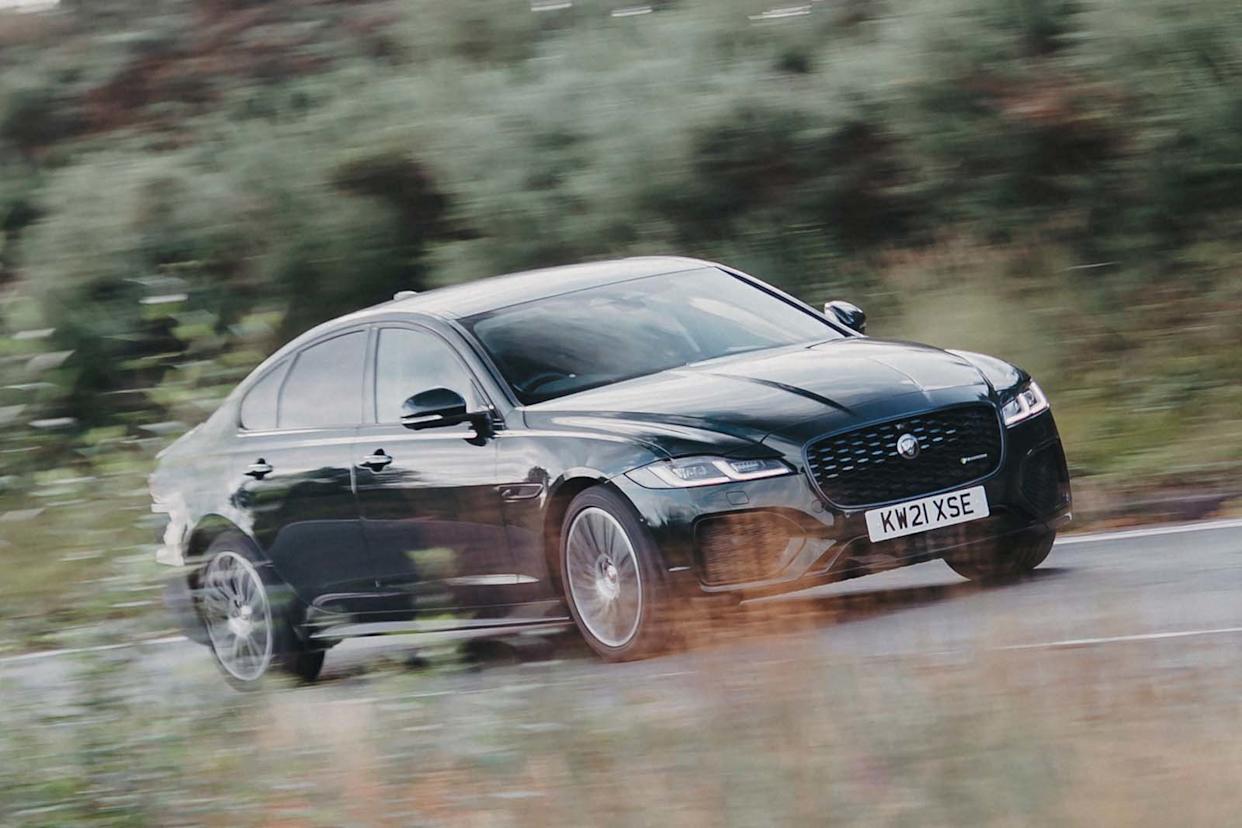
Introduction
"A more mature all-round prospect, with class-leading dynamics.” That’s how we described the brilliant second-gen Jaguar XF when we first drove it 10 years ago.
Jaguar axed its mid-size saloon and estate last year and embarked on an exuberant rebrand that only those living in Antarctica will have missed. In the meantime, prices for the XF have tumbled, and now you can bag this swish, left-field 5 Series alternative for as little as £4000.
Of course, the cheapest XFs are leggy examples showing clear signs of hard use, but with a healthier budget of about £9000 you will easily find a well-maintained XF with a more palatable mileage. And that’s still a bargain for a smart-looking executive car that’s pleasant to ride around in and excellent to drive.
Ditching its predecessor’s outdated Ford platform, the Mk2 XF is based around an aluminium-rich structure that’s both lighter and stronger. This well-conceived chassis, coupled with the XF’s weighty, intuitive steering, makes it a treat to thread down a B-road, offering plenty of rear-drive engagement.
Yet it remains a comfortable cruiser, ironing out road irregularities with aplomb and cosseting passengers in an upmarket cabin.
It’s not quite up to Audi A6 standards, but perceived quality is good. The ambience is enhanced by neat tricks like blue ambient lighting, and the second-gen car’s longer wheelbase means there’s more head and leg room in the back.
The saloon also has a 540-litre boot, which trumps its BMW and Audi rivals, while the Sportbrake estate swallows 565 litres.
You can choose from Prestige, Portfolio or the sportier R-Sport and S trims. Prestige has bi-xenon headlights, leather upholstery and heated front seats, but we would opt for the Portfolio’s posher Windsor leather, bigger 18in alloy wheels and reversing camera. A 70,000-mile Prestige costs around £8500, but Portfolios of a similar condition are no dearer.
R-Sport receives a bodykit and firmer suspension, but the S versions get the bigger V6 engines and adaptive dampers. The 375bhp supercharged 3.0-litre V6 petrol sounds sweet and feels quick, but don’t discount the 296bhp twin-turbocharged diesel six-pot. Vast torque – 513lb ft – makes it punchier, it’s generally refined and it will do around 45mpg on the motorway.
The 2.0-litre four-pot Ingenium diesels dominate the small ads, and you can choose between 161bhp and 178bhp variants. They are efficient but plagued by diesel particulate filter and timing chain issues (see ‘Buyer Beware’, right) so are best avoided, especially the twin-turbo 237bhp unit of 2017. Petrol four-pots came with 197bhp and 247bhp, but they’re rarer and cost more to tax.
The facelifted XF, which landed in 2020 and brought in styling and interior upgrades, got mild-hybrid petrol and diesel four-cylinder engines.
The interior is a cut above, with soft-touch materials, plush leather, tactile switchgear and massaging seats, plus an 11.4in Pivi Pro touchscreen infotainment system that’s graphically strong and pretty easy to operate.
Needless to say, the Mk2 XF nails the executive saloon brief. If you need a plush motorway cruiser that’s dynamic, comfortable and premium-feeling, investing in this used Jag is money well spent.
Reliability
Is the Jaguar XF reliable?
The Jagaur XF doesn't have the best reliabilty record, and as you can see from the list below, it does suffer from a wide range of issue of varying severity. That being said, in the What Car? Reliability Survey, the XF finished in sixth place out of 20 cars in the executive car class with an overall score of 94.7%.
Earlier diesel models fitted with the Ingenium engine are best avoided as these are afflicted by timing chain issues and clogged diesel particulare filters.
Engine: Walk away if you hear a knocking noise from the V6 diesel. It’s an early sign of crankshaft failure, which starves the engine of oil and can cause a full seizure.
Timing chains can stretch over time and eventually snap if not repaired, again causing major engine damage. Check the car’s history to see if it has been replaced, and listen out for rattles from the engine from start-up.
Any issues with the alternator will first appear as a ‘Charging System Fault’ message and red warning light on the dashboard. Alternator problems can vary from the auxiliary belt slipping off and stopping it from turning to the battery failing to hold charge.
A clogged up diesel particulate filter is pretty common on the 2.0-litre Ingenium diesel engine, particularly so with early examples. Watch out for reduced performance or blue smoke on a test drive.
Gearbox: The gear selector that rises up from the centre console can get stuck, stopping you from putting the car into drive. A weak battery or faulty brake switch is often the cause.
Body: Check for dents and scuffs to the bodywork: the aluminium panels can be expensive either to repair or to replace. Chrome elements can also cloud over and will need to be replaced.
Electrics: Play around with the touchscreen to make sure all the different menus and functions work. If it freezes it will need to go to Jaguar for a software update.
An owner’s view
Jason Semanic: “The XF immediately stood out, with its character, elegant design and genuinely rewarding drive. I bought a 25t and found it to be bulletproof over 40,000 miles. The reputation for poor reliability has been completely false in my experience: only routine servicing has been needed.
"After stints in an Audi S5 and a Tesla Model 3 Performance, I eventually returned to an XF S with the supercharged V6. It’s quick, composed and fantastic on the open road. This generation of Jaguar is seriously underrated. It offers real driving credibility in a way few cars do.”
Also worth knowing
If you want to avoid any timing chain issues, it’s best to opt for a post-2019 XF: the 2.0-litre diesels were fitted with an upgraded timing chain that eliminated any problems.
The V6 oil-burner suits the long-distance nature of the Sportbrake estate in particular, but expect to pay upwards of £16,000 for one of these.
Design & styling
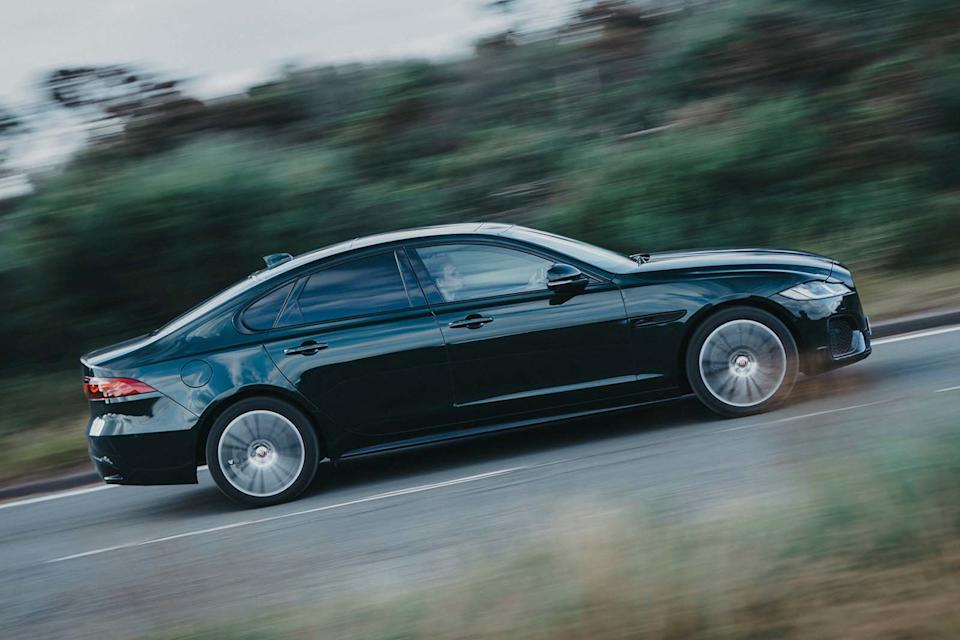
If the previous XF was about dramatic insurrection into German territory, the second-generation was a more methodical expansion of its hard-won place in buyers’ minds.
Being instantly recognisable as a Jaguar was rule number one, necessitating that it adhered to the same raked shape that had gone before.
Fitting this familiar profile onto the new platform was the more pressing task, the smaller XE’s size having helped to dictate the dimensions that its modular aluminum-intensive architecture adopted.
The move to a cutting-edge amalgamation of exotic alloys, self-piercing rivets and structural adhesives was the latest model’s defining feature. Its chief benefits – as much as 190kg shed from the kerb weight, a 28% increase in rigidity and 51mm gained in the wheelbase – had a direct impact on the car as a whole.
Aesthetically, though, they were cleverly hidden in the car’s elongated rear deck and dramatically shortened front overhang, resulting in a car that was 7mm shorter than before.
The body delivered near 50/50 weight distribution, with the chassis again based on front double wishbones and Jaguar’s own integral link rear suspension. It also featured new passive dampers, which had an extra valve in the piston that remained open at urban speed, and then closed as the pace increased to make the ride progressively firmer.
Powering the XF was predominantly the work of the 2.0-litre, all-aluminium Ingenium diesel engine, which could be had in 161bhp and 178bhp form.
Jaguar’s go-to gearbox, the eight-speed ZF automatic, remained an option across the board (and standard on the 296bhp diesel and 377bhp petrol V6s), but a six-speed manual – also co-developed with ZF – was the default transmission.
A more streamlined front end, a more aggressive rear diffuser and new headlights were rolled out on the facelifted XF that launched in 2020, with inspiration taken from the updated F-Type. There was an elegance to this car's design that played into the strengths of Jaguar's classic 'fuselage' styling.
Interior

If you were looking for evidence that the Mk2 XF was intended as a cagey evolution of the old, its cabin provided it. Like the XE, this was now a Jaguar suited and booted primarily for business.
Fit and finish hadn’t improved dramatically over its predecessor, and the Jag failed to reach the same high standards as a high-spec Audi A6, but it still managed to evoke a premium and purposeful sense of style.
Space had improved over the previous-generation, however. With its roofline and wheelbase tweaked in the right directions, it conveyed a more liberal sense of space, certainly in comparison with the XE. This stopped short of outright capaciousness, but with 24mm more room for knees and 15mm more for legs, adults wouldn't feel short-changed if they were consigned to the rear.
Anyone given to grumbling about boot space would need to be even more scrupulous, because there looked to be a lot of it, added in no small measure by the potential to fold the rear seats flat, thus creating more than two metres of shallow load length.
Cabin quality was taken to another level with the introduction of the facelifted XF. It was less recognisable if you hadn't cast your eye over this car for a few years because Jaguar had made a big improvement to the perceived quality and classy material allure.
Chrome trimmed elements immediately caught your eye, and various clusters of buttons and knobs on the steering wheel and centre console were neatly presented and better finished than they used to be.
The 11.4in Pivi Pro infotainment screen, meanwhile, was also very attractive. It was standard on even entry-level cars, as was Jaguar’s digital instrument pack, and Apple CarPlay and Android Auto
The line of shortcut buttons on the margin of the display, as well as the easy configurability of the home screen, meant it was easy to use on the move.
Engines & performance
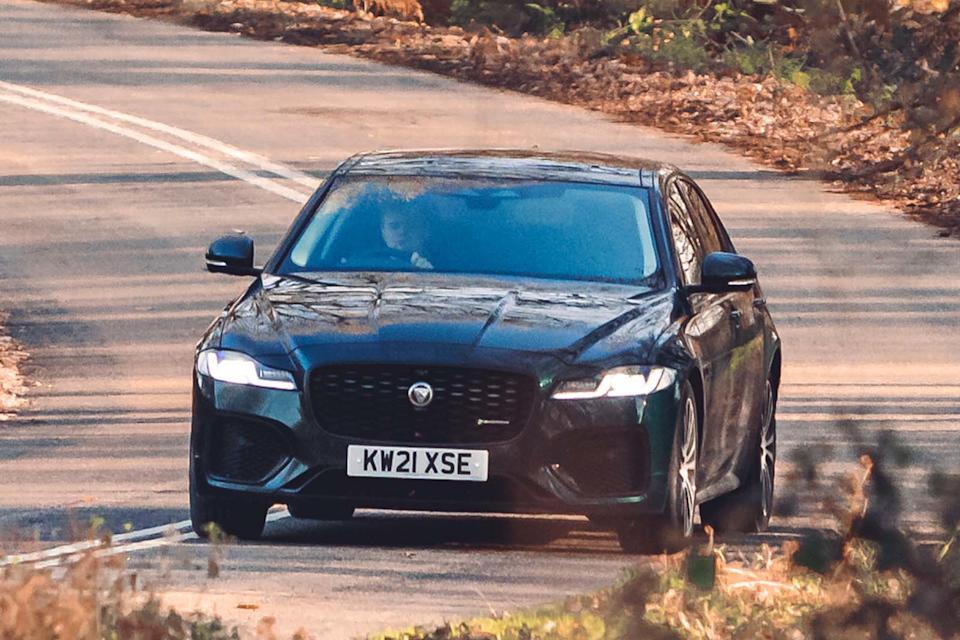
Criticism of the refinement levels of modern four-cylinder diesel engines was widespread but Jaguar Land Rover’s motor was similarly not quite up to snuff in this regard.
With the noise came a tepid pitter-patter of vibration, too. It was insufficient to grind an axe on, yet begrudgingly noticeable when you ideally wanted to feel nothing from the dirty work being done up front. Up to working temperature, it did improve, and the soundtrack settled well beneath the wind noise when you were up to speed.
Jaguar claimed a 7.7sec 0-60mph for its higher-powered Ingenium lump, but it took 9.4sec to reach that speed when we road tested it in 2015. That wasn’t unreasonably slow, but it was behind the Skoda Superb at the time.
Ultimately, the early Ingenium diesel meant that the XF didn’t qualify as a class leader from under the bonnet, and given JLR’s huge investment in that particular area, that was disappointing.
JLR’s hybridised Ingenium diesel four-pot performed better. It offered usefully stout-feeling mid-range torque, good refinement and equally good economy for a car of its size. During mixed-speed touring, an indicated 50mpg was easily achievable with a fairly light load on board.
Mild-hybridisation had made a perceptible difference to how torquey the engines felt on the road and mechanical isolation has also improved over the years.
The later 2.0-litre petrol engines offered better, more responsive straight-line performance. Even the standard P250, with 247bhp and 269lb ft, managed 0-62mph in 6.5sec and a top speed of 155mph. In its most powerful guise, the P300, its 296bhp helped cut the 0-62mph time by 0.4sec, but top speed remained the same.
The eight-speed gearbox wasn’t the smoothest and seemed to hesitate at times but also rushed its engagements and actuations at lower speeds.
Ride & handling
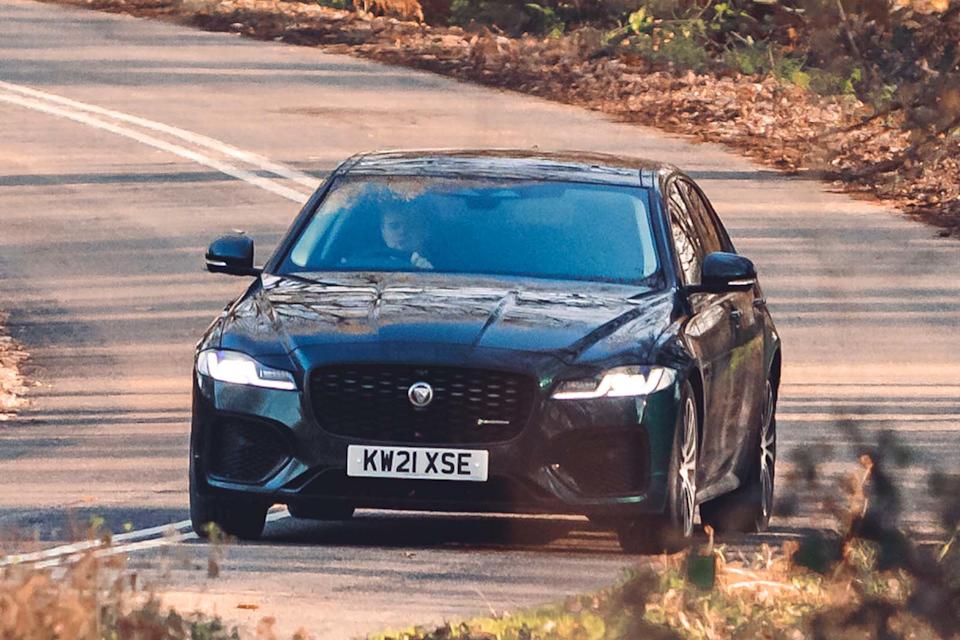
The challenge of making a modern saloon agile, comfortable, fast, grippy and confidence-inspiring all at once had – to varying degrees – been accomplished by many of Jaguar’s rivals. Where they had been less successful was in making what was a sophisticated product feel fun or feelsome.
It was this quality that the XF keenly addressed. You’d struggle to find a better-tuned chassis, with four doors, a large boot and heavy oil-burner. Separate any of its constituent parts – traction, turn-in, responsiveness, ride comfort – and from the driver’s seat, the compromises struck by Jaguar were uncannily well judged.
Despite a lack of feedback, the electric power steering was progressively weighted, with an oily, intuitive feel to it. Jaguar had also outdone itself with the ride. The passive configuration deftly managed secondary intrusions, while maintaining good body control at pace.
Even towards the end of its life, the Jaguar maintained its broad range of dynamic qualities.
Fitted with its standard passive suspension and 20in rims, there was only a hint of noise and excitability to its ride. Fluent, composed body control, balanced rear-drive handling, and tactile steering let you enjoy threading what was a large saloon along a winding road as if it were much smaller.
MPG & running costs

There are lots of Prestige, Portfolio and R-Sport models to choose from, but you’ll have no trouble sourcing a well-maintained car for between £5000 and £12,000.
There's a greater choice of trims and engines above £12,000 – and you'll likely find a tidy example with either low owners or a full service history. Prices for facelifted XFs start from around £20,000.
The diesels are pleasingly efficient despite their mixed reliabilty - you'll easily get 50mpg from an oilburner, if not more on longer motorway stints.
Petrol-powered XFs are less frugal and can achieve around 32-35mpg.
Verdict
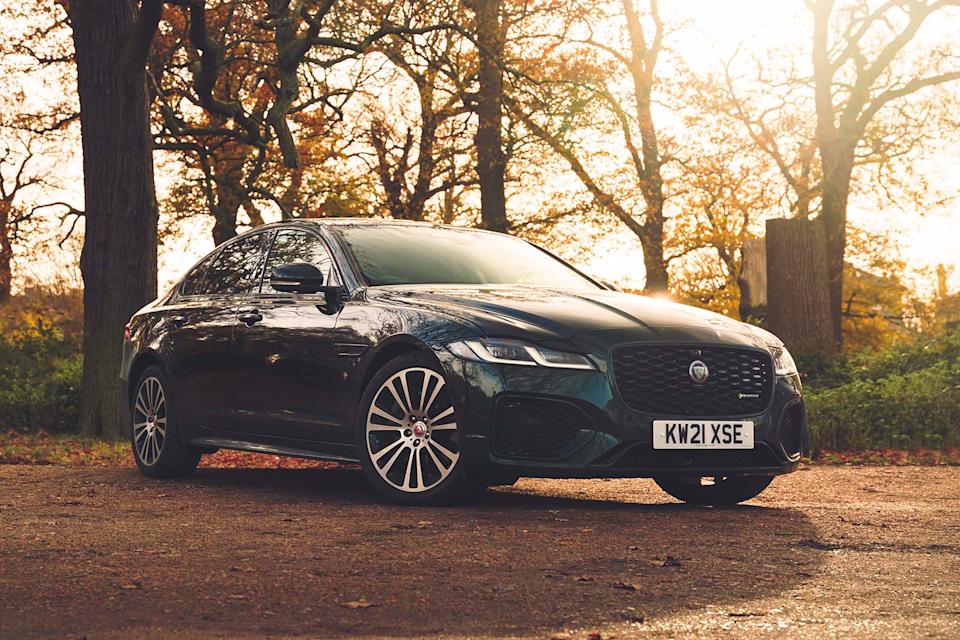
‘Good to drive’ was convenient enough shorthand for the previous XF’s most likable quality.
But with its updated platform, pleasing mix of engines and class-leading dynamics, the XF had grown into a more mature, better all-round prospect for its second-generation.
Around the XF’s excellent steering, good ride quality and feelsome balance, Jaguar had clustered a spacious, well-finished and very handsome car. It would have been a near-flawless one if Jaguar had succeeded in polishing the Ingenium powerplant to the same standard.
Updates made to the XF in 2020 only made it more desirable, and at the very end of its life its package was as strong as it had ever been. It had the cabin quality and sophisticated on-board technology to go with its appealing ride and handling that had always set the car apart.
]]>


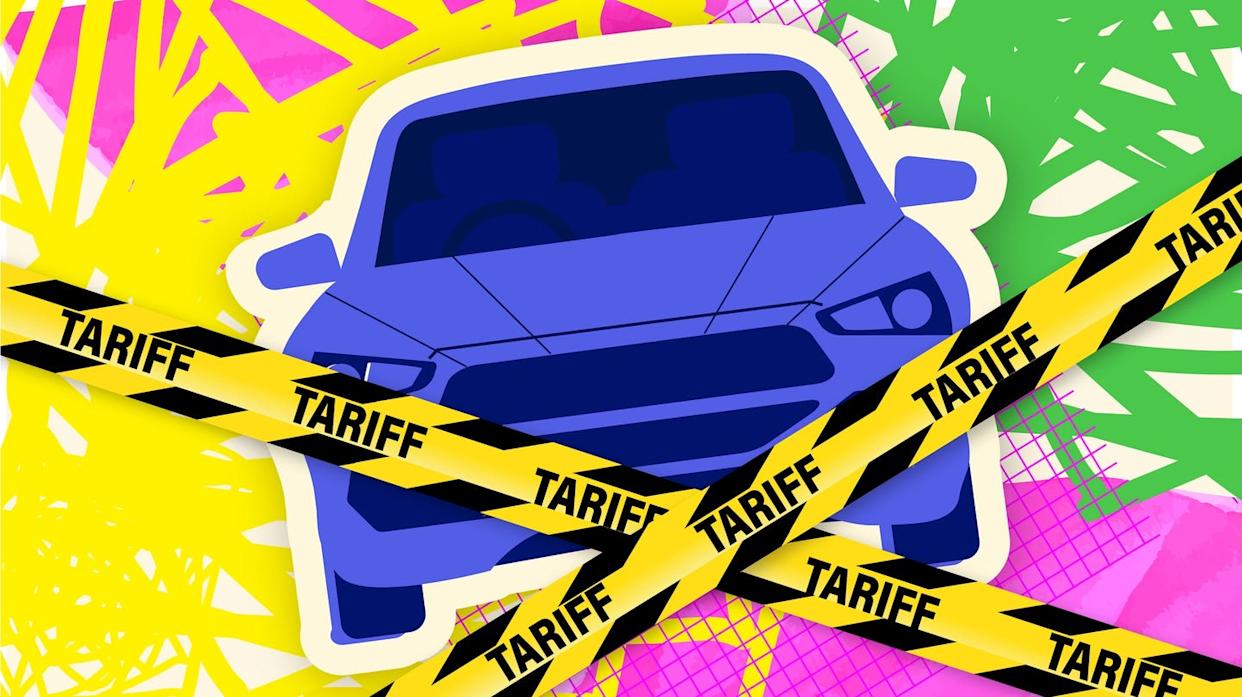
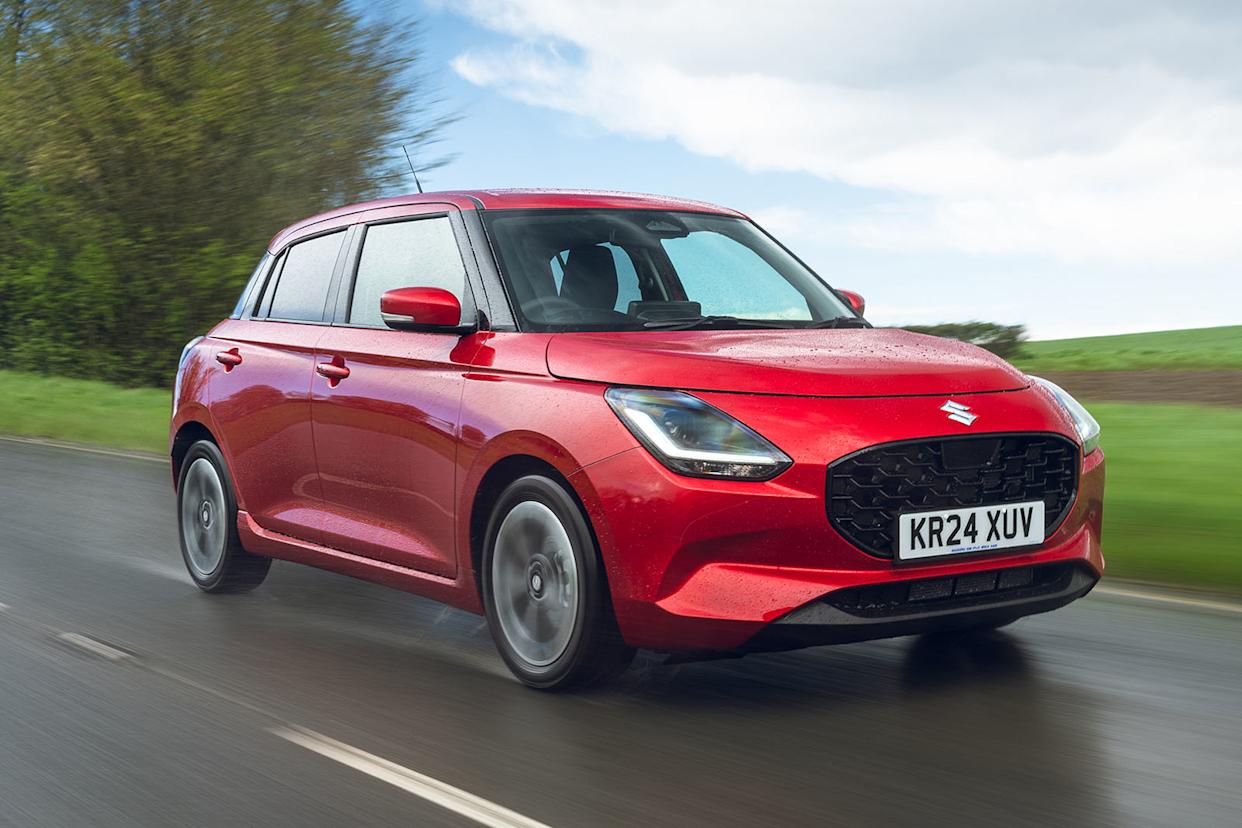
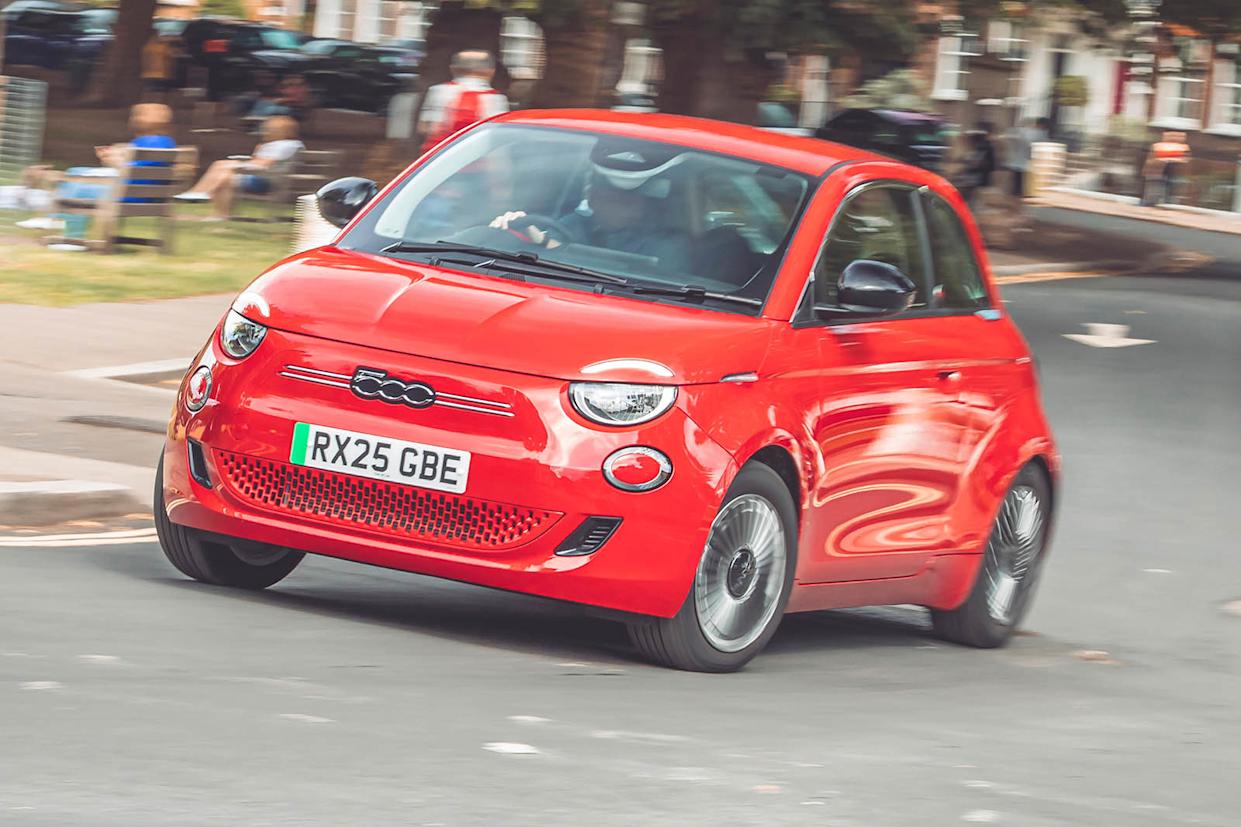
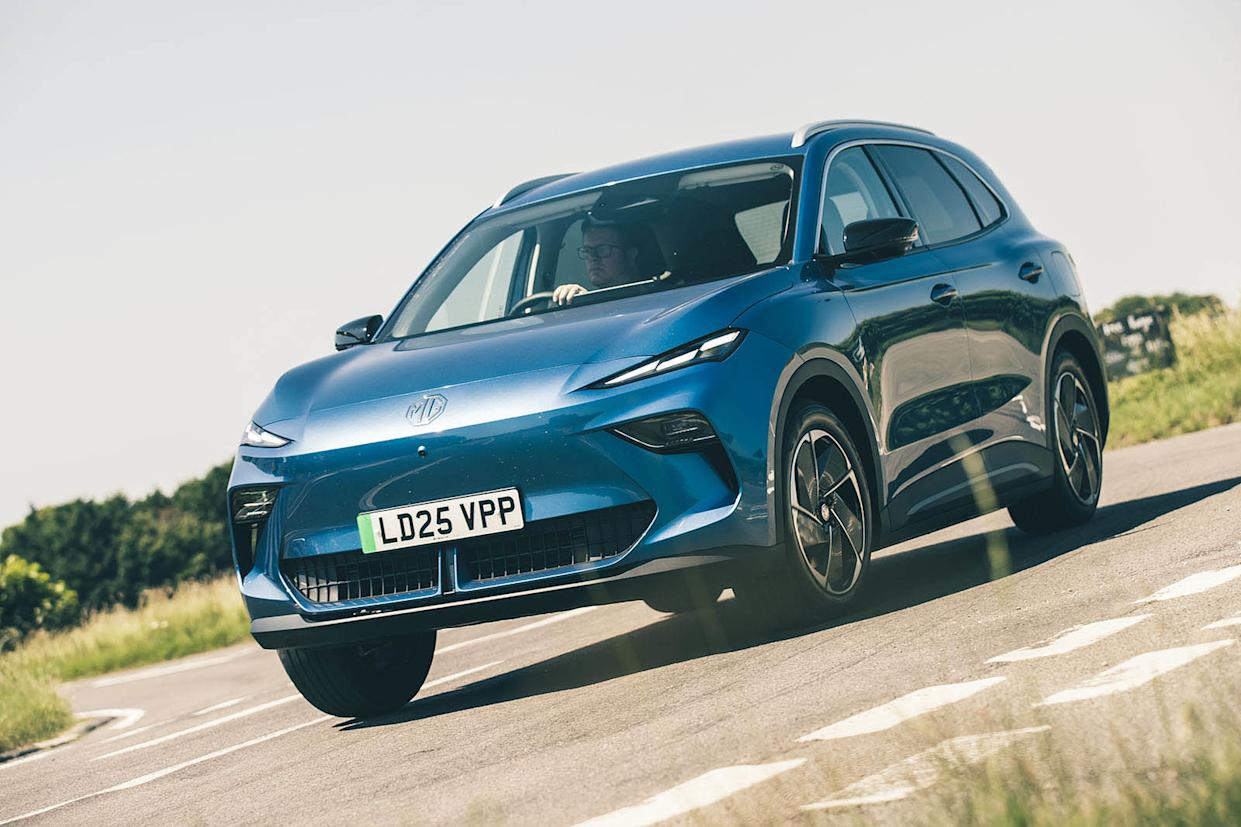
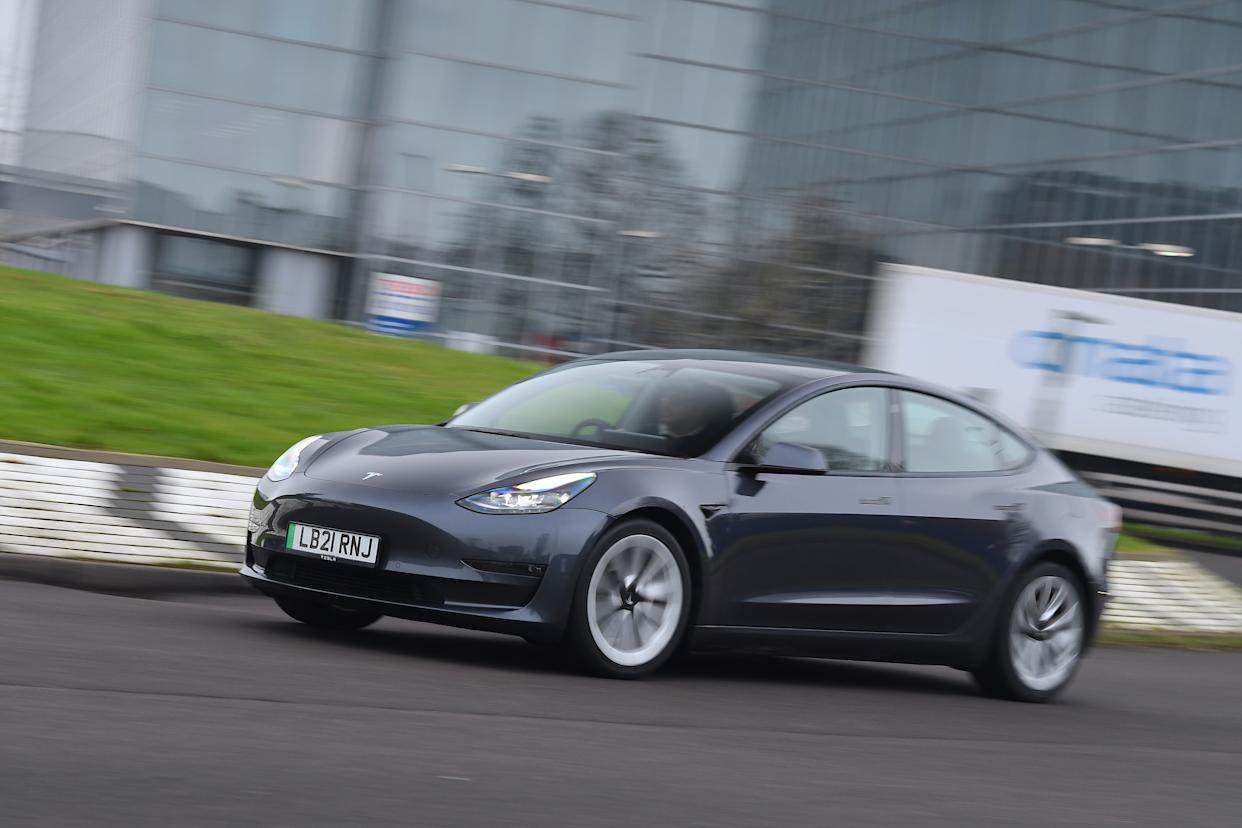
Comments